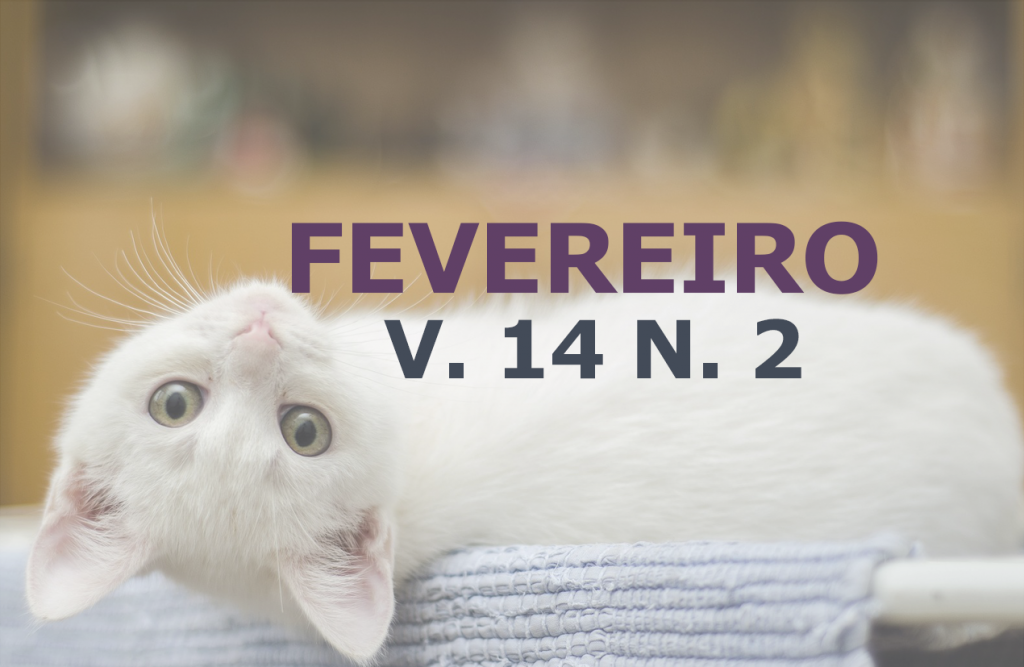Secondary intestinal intussusception to parasitosis by Ancyclostoma spp. in a dog
DOI:
https://doi.org/10.31533/pubvet.v14n2a517.1-12Keywords:
hookworm, intestine, invagination, nematodes, surgeryAbstract
Intussusception is the invagination of one intestinal segment into an adjacent segment, caused by changes in motility. Hookworm is a parasitic infection of the small intestine that affects animals of all ages, especially young dogs. Both conditions have non-specific but very similar clinical signs, such as anemia, anorexia, dyspnea, lethargy, weight loss, emesis, bloody diarrhea, distension, abdominal pain, and rectal prolapse. Intussusception treatment is recommended by exploratory laparotomy followed by manual reduction or intestinal resection and anastomosis, and hookworm is recommended to use anthelminthic and supportive therapy when necessary. We report a case of intussusception secondary to Ancylostoma spp. in a dog with chronic diarrhea, reduced by surgical technique. Being addressed aspects of diagnosis, treatment and therapeutic complications. Importantly, hookworm can cause intussusception and the veterinarian should be aware of the diagnosis, the parasite cycle, environmental prevention techniques and clinical and surgical treatment.
Downloads
Published
Issue
Section
License
Copyright (c) 2020 Murilo Neves Borges de Oliveira, Fabiana Sperb Volkweis, Josiane de Almeida Sales, Mario Roberto Vianna da Silva, Rose Ambrósio Taveira

This work is licensed under a Creative Commons Attribution 4.0 International License.
Você tem o direito de:
Compartilhar — copiar e redistribuir o material em qualquer suporte ou formato
Adaptar — remixar, transformar, e criar a partir do material para qualquer fim, mesmo que comercial.
O licenciante não pode revogar estes direitos desde que você respeite os termos da licença. De acordo com os termos seguintes:
Atribuição
— Você deve dar o crédito apropriado, prover um link para a licença e indicar se mudanças foram feitas. Você deve fazê-lo em qualquer circunstância razoável, mas de nenhuma maneira que sugira que o licenciante apoia você ou o seu uso. Sem restrições adicionais
— Você não pode aplicar termos jurídicos ou medidas de caráter tecnológico que restrinjam legalmente outros de fazerem algo que a licença permita.





